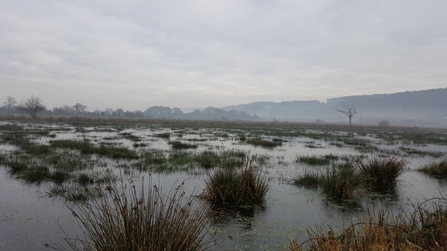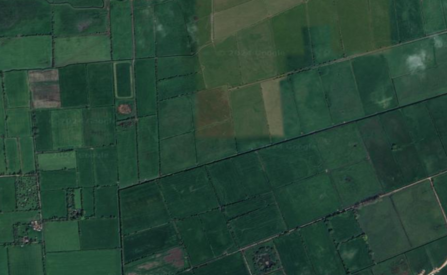Avon Wildlife Trust is working with FWAG SouthWest to bring together farmers and landowners to explore how land management could change to protect our precious peatlands.
Somerset Moor Futures is one of 13 lowland agricultural peat water discovery projects being delivered across the country, funded by the Environment Agency. It will be focussed across five deep peat moors in the North Somerset, Axe-Brue and Parrett catchments.
By creating groups known as Moor Associations, there will be a space for members to discuss key issues and make decisions, as well as communicate with key partners across the farming, water and environmental sectors.
Jen Robertson, Nature and Climate Officer at Avon Wildlife trust, said: “With collaboration and consensus-building at the centre, this will be a great opportunity for farmers and landowners to learn about new funding streams, develop techniques for collaboration that suit their needs, and most importantly, contribute to the national discussions about the future use of their peatland.
“In recent years, there has been a new focus to protect and restore peatlands across the UK. Here at Avon Wildlife Trusts, we manage lowland peatland reserves, such as Weston Moor and Clapton Moor in the beautiful North Somerset Levels and Moors, for the benefit of wildlife.
“Nationally, we’ve seen calls for a government-based ban on sales of peat, and a raft of peatland conservation projects being announced.
“We’re so excited to be working in partnership on this project, facilitating opportunities for real change to protect our precious peatland.”
Peat is one of the most carbon-rich ecosystems on Earth, storing twice as much carbon as the world’s forests.
It forms when waterlogged ground conditions prevent dead plant material from fully decomposing. Peatlands occupy only 3% of the global land surface but cover a whopping 12% of the UK land area, meaning we have a lot to protect.



